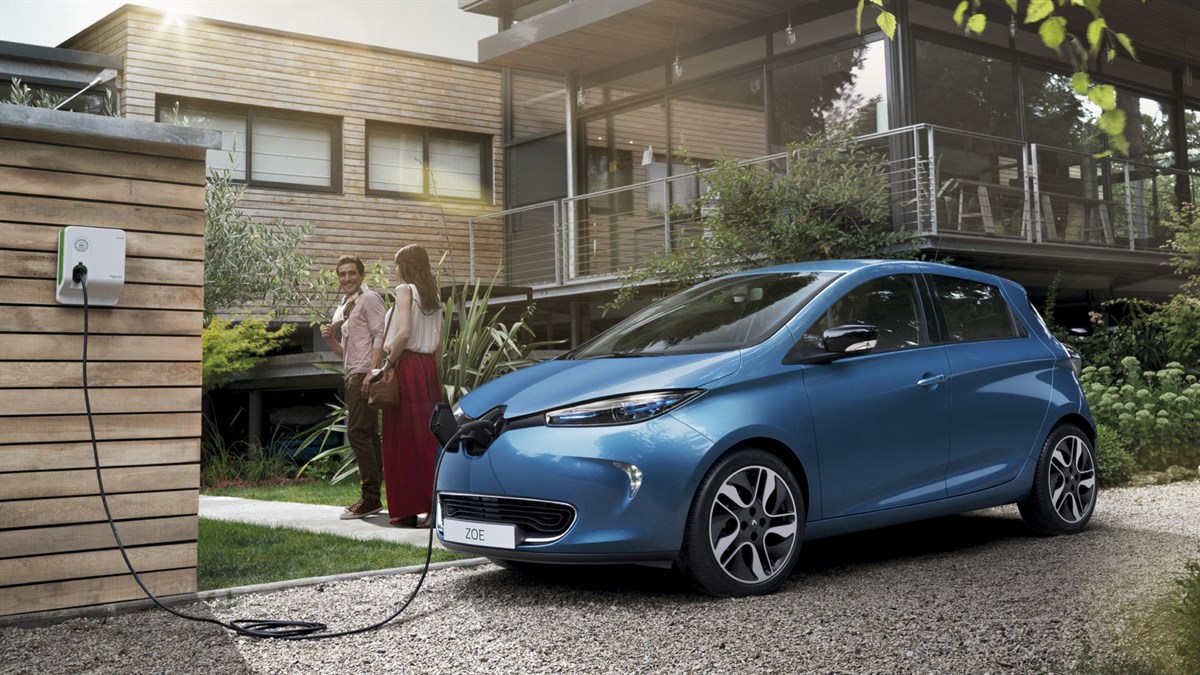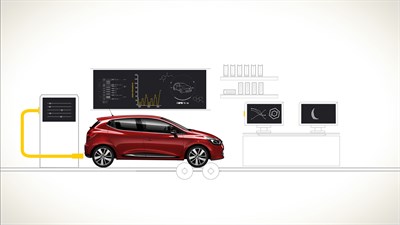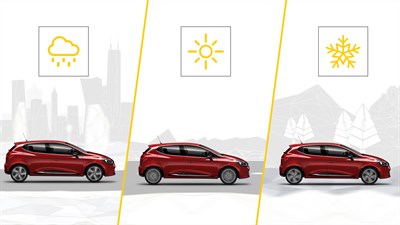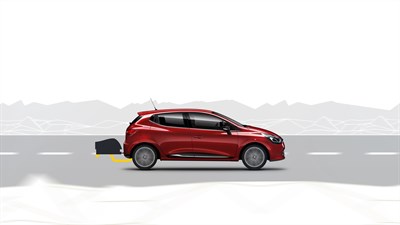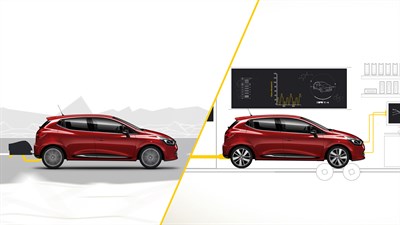Introduction to the new regulations
To make the life better and the " Zero Emissions " accessible to all
At Renault, we have in heart to make your lives easier and better. Since decades, we work to propose vehicles which consume and pollute less.
We are engaged in the reduction of the impact of our vehicles on the environment. Thanks to our technology Zero Emissions (Z.E.) we are pioneers as regards durable mobility for all.
The regulations evolve/move and we are actors of these changes. That starts with the taking into account of the new world procedure of test harmonized for the private cars and light commercial vehicles (in English WLTP, Worldwide Harmonised Light Vehicle Test Procedure). This new protocol makes it possible to the consumers to reach data of fuel consumption and emissions of the pollutants much closer to the daily use of their vehicle.
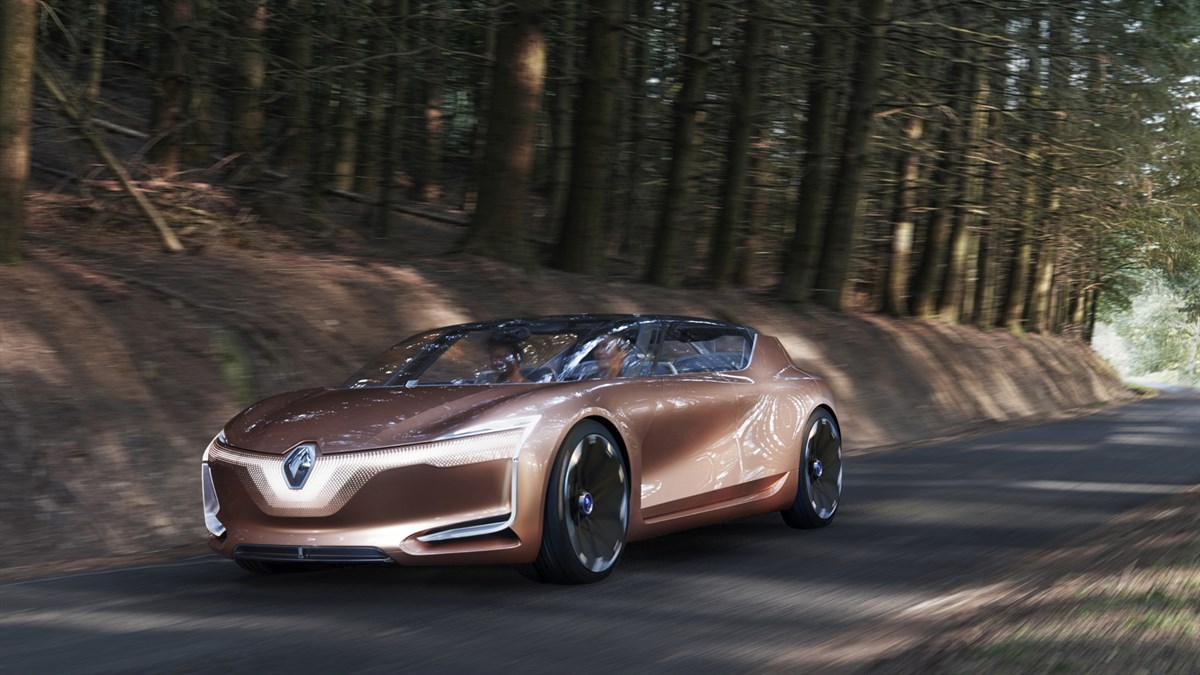
Understanding regulatory changes: WLTP and RDE
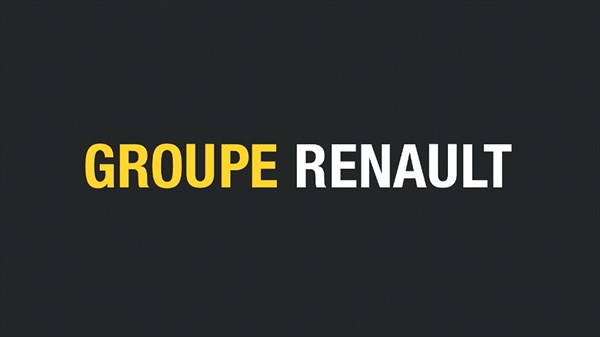
To facilitate the fall of the fuel consumption
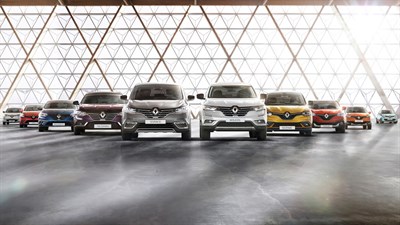
We will continue to approve our vehicles according to the regulation in force.
From January 2018, Renault will thus market the first vehicles approved according to the new procedure. And as of September 2018, all the new Renault vehicles sold in the networks will be approved WLTP.
Since our objective is also to help you to take an active part in the reduction of the environmental impact, we offer a whole panel of intelligent and responsible solutions to you, through our program Driving ECO2:
From January 2018, Renault will thus market the first vehicles approved according to the new procedure. And as of September 2018, all the new Renault vehicles sold in the networks will be approved WLTP.
Since our objective is also to help you to take an active part in the reduction of the environmental impact, we offer a whole panel of intelligent and responsible solutions to you, through our program Driving ECO2:
Driving ECO2 is a program aiming at reducing the fuel consumption and the CO2 emissions, front, during and after control, by optimizing the use of the vehicle and by using only certain specific components of the car. Driving ECO2 is composed of embarked and not embarked functions :
- The embarked functions include an indicator of style of control, an indicator of shifting of speed, a button of mode of control éco, the possibility of receiving an assessment of the way provided with a éco-score, and thanks to the éco-coaching, with the councils for a éco-control in real time in order to optimize the fuel consumption.
- The not-embarked functions include for example the formation business-to-business, the eco_score and the drives eco_driving.
- For more information on our program Driving ECO2, consult our site... (to be seen with digital corp / local)
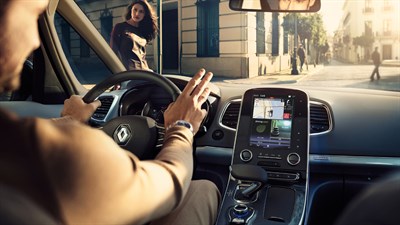
To go beyond the expectations of the market and the changes of regulations
Renault conforms to these new regulations (protocols and standards) and continuous with being proactif by laying down additional objectives:
- In response at the diesel request of motorizations of the market, we will adapt our diesel engines to the technology of selective catalytic reduction to reduce the emissions of pollutants in real situation.
- All the new motorizations with gasoline will be equipped with particle filters, offering at the same time a better performance as well as a reduction of the pollutant emissions and fuel consumption.
- From here 2022, we will propose 8 new electric models Z.E. 100% and 12 new electrified models (HEV, P-HEV).
